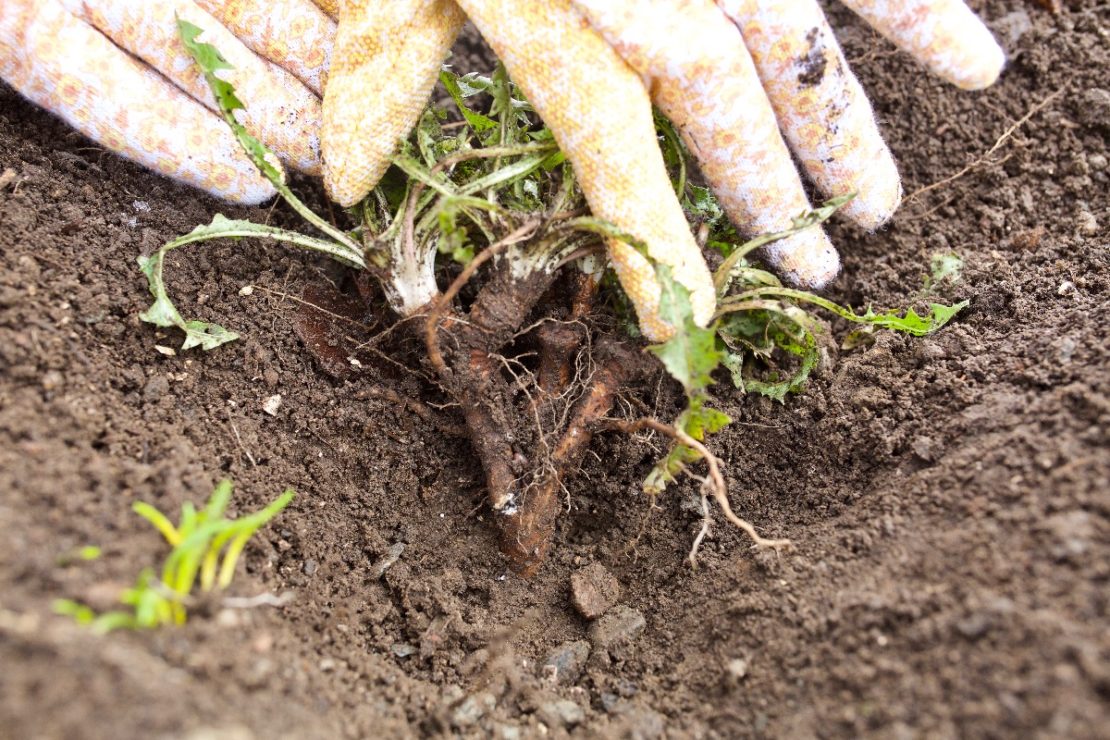
Herbal Roots 101: How to Prepare and Use Roots for Wellness
Autumn is here, and by now, most plants have gone to seed. The vibrant energy we saw so abundantly all summer has sunk down into the roots of the plants, and as they die back, the nutrients that once flowed in the above-ground portions are returned downward into the roots. This makes fall the perfect time to harvest and use many roots for wellness.
Finding Value in Roots
Roots are grounding, and the practice of gathering roots should be one of deep reverence. When gathering herbal roots, for me, there is a sense of deep connection between the body and the earth, even more so when using an herbal preparation made with herbal roots.
Before harvesting herbal roots, I find it important to connect with the plant and to ask permission for the use of its roots. It is also important when gathering roots to be aware of your impact on the plant and its habitat. One way to do this is to visit the plants the following year to see how they are faring. This provides an important opportunity to notice your impact, give back, and offer respect, gratitude, and reciprocity for the gifts of the plant. You can learn more about being a sustainable herbalist in this post.
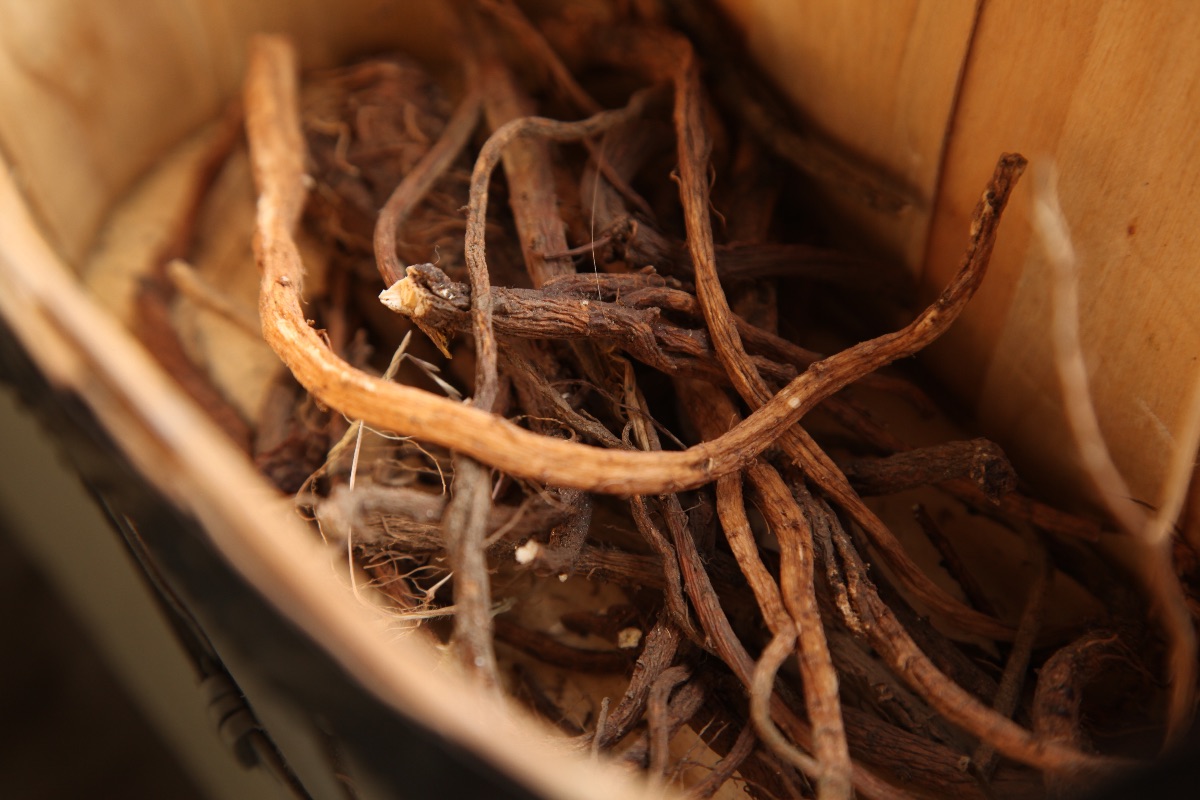
A Timeframe for Harvesting Herbal Roots
If you’re wondering what the right time is to begin harvesting the roots of your plants, here are some general guidelines.
- Digging up your annuals, when their cycle is completed, is a good way to gather roots.
- With perennials, you should wait until their third year, or later, to harvest them — when active compounds have more fully developed.
- Larger shrubs and bushes have many roots off-shooting the main taproot, so gathering small pieces of the offshoots allows the shrub or bush to live on.
- Also, keep in mind that sap rises and falls with the sun. This is a good way to navigate when it’s best to harvest roots during the day. Early morning or evening will be the time when the most vitality and energy stores are held deep in the roots (Easley & Horne, 2016).
Preparing Herbal Roots for Use
Once you have gathered your roots, you should remove the soil and dirt. An easy way to do so is with an old toothbrush. Roots should be washed gently to make sure the tiny root hairs remain intact as they hold important constituents.
Cutting roots can be nearly impossible when dry so it’s a good idea to cut or chop your roots while they’re still fresh. Once cut, dry the roots on a tray or screen out of direct sunlight. You can also use a food dehydrator at 150 degrees Fahrenheit or on the lowest setting in the oven with the door propped open.
Note: Some roots can absorb moisture from the air. Be sure to discard these roots if they become soft.
If you are not gathering your own roots, it’s important to find an herbal supplier that has a sustainable practice. Mountain Rose Herbs is a good place to start!
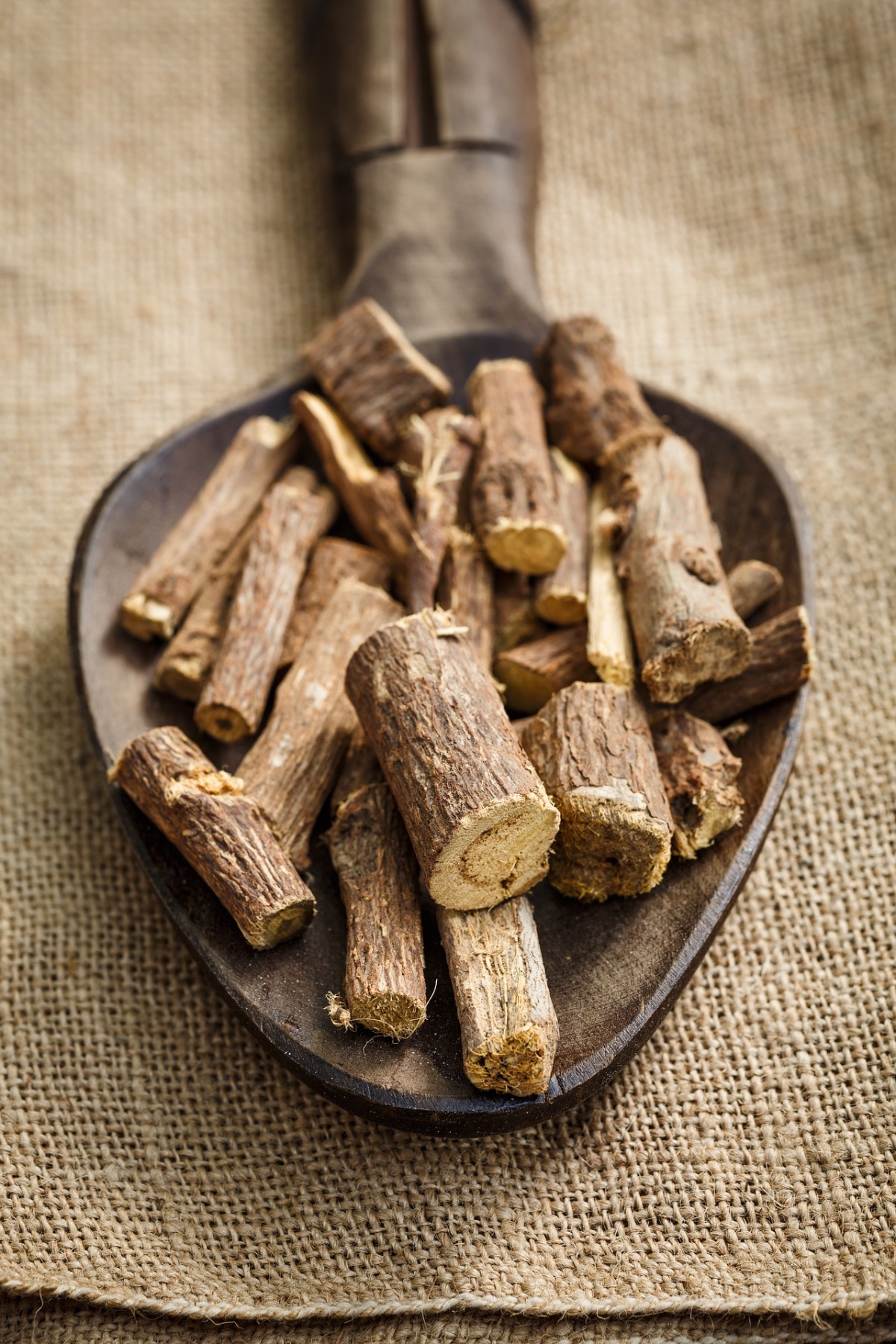
How to Use Roots in Herbal Preparations
Water, our universal solvent, makes a great extraction. Given enough time, water can dissolve anything.
When using water-based herbal preparations, you’ll want to make only a small amount at a time and consume it within 24-48 hours, depending on the type of preparation. You’ll also want to make sure to refrigerate any unused extraction as cooler temperatures help to slow down bacterial growth.
I feel that when water is your solvent, you are more present with your herbal preparations. It can become a time during your day where you slow down, connect with plants, and revel in the self-care aspect of making an herbal preparation. Fall is a true time of transition and moving slowly during those shifts can be an immense gift and opportunity to feel into your body, ground yourself with the nourishment of the earth, and honor the changing seasons.
Let’s look at two different water extractions and how to use them with herbal roots below.
Overnight Infusions:
Overnight infusions are one of the easiest ways to utilize the qualities of herbal roots. Because the roots are soaking in their menstruum overnight (often 8 or more hours), water soluble constituents have ample time to be pulled out (Tilgner, 2009). You can learn more about herbal infusions in this post: https://theherbalacademy.com/a-deeper-look-at-herbal-infusions/.
For a busy lifestyle, I find overnight infusions to be a very easy and simple way to incorporate the benefits of herbs daily. You may choose to warm your infusion in the morning in a water bath or to drink your infusion at room temperature. I also recommend refrigerating unused infusions for up to 24 hours. You can find more information on the shelf-life of herbal preparations in this post.
Decoctions:
The decoction method is a faster way to pull out the active constituents of herbal roots (as well as seeds and barks) into your tea. To make a basic decoction, add 28g of herb and 1 quart of water to a pot on the stove. Bring your herb and water to a slow, rolling boil. Once you have your slow boil, cover your decoction for 30-40 minutes. Check on this frequently to make sure your boil is still slow and soft.
Decoctions may be ingested hot or cold or applied externally to the body. You can learn more about decoctions and suitable herbs for this preparation in our post, How to Make an Herbal Decoction.
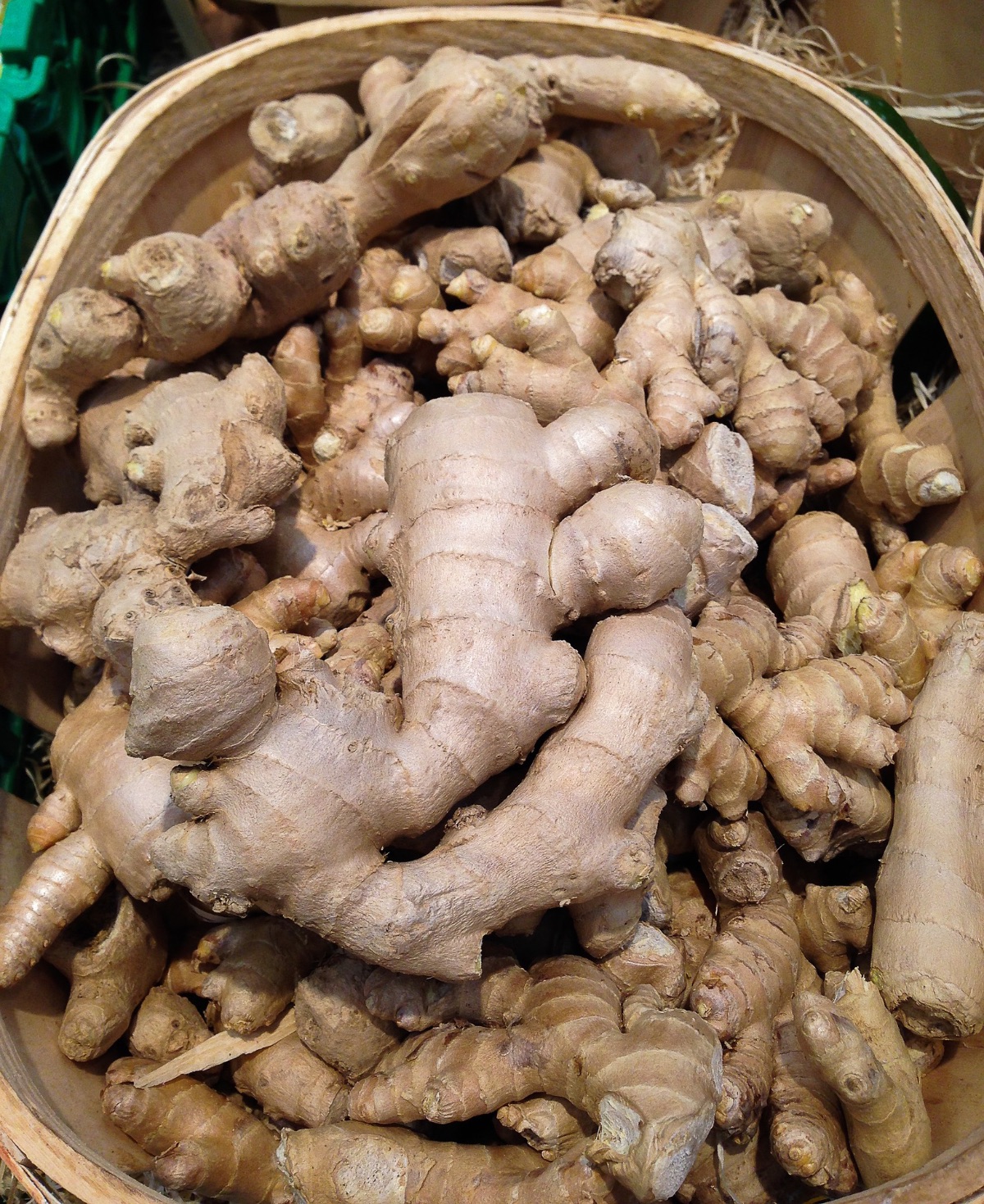
Fall Root Recipes
Simple Ginger Decoction
28g dried ginger (Zingiber officinale) rhizome (56g fresh chopped ginger will work too, though dried ginger is known to have more heating qualities)
1 quart of water
- Bring your ginger and water to a slow, rolling boil for 30-40 minutes, covered.
- Strain ginger from water and drink hot to induce internal warming, sweating, or digestive soothing.
- Apply ginger decoction topically (referred to as a fomentation) with a washcloth to achy body parts.
Like an infusion, a decoction can be made with one herb or several. Below is an autumn decoction formula that is warming, nutritious, supporting to digestion and the liver, and soothing to the nervous system.
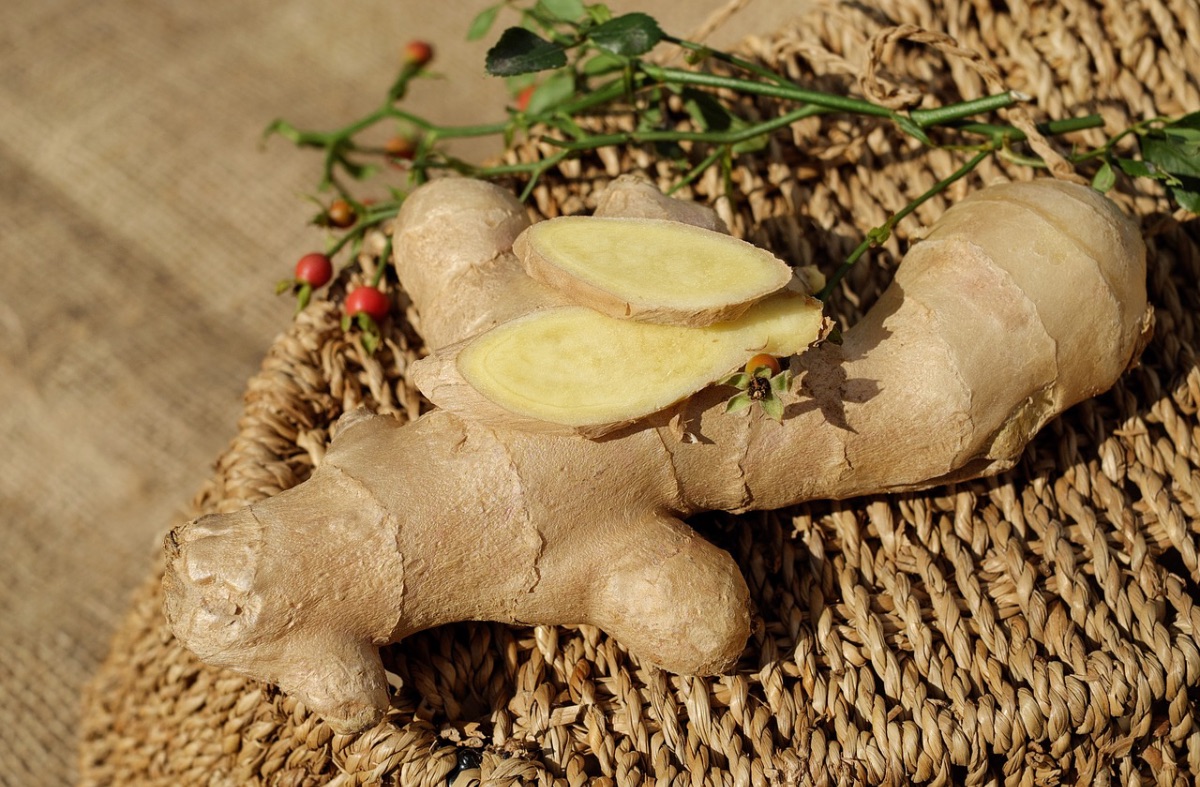
Autumn Decoction Formula
Here is a simple base formula for wellness during cooler fall days and nights. This formula, at its root (pun intended), is nutritive. When we are able to keep our nutritional intake up, our immune system can function properly. Along with the nutritive aspects of dandelion and burdock, they are supportive to the body’s natural detoxification systems and specifically the liver. Hawthorn berry brings in support of the nervous system, nutritive aspects, as well as a slightly moistening effect. This is a drying formula and keeping up your water intake is important. Ginger is warming, anti-inflammatory, and digestive. If you are feeling a cold coming on, increase the amount of ginger in your formula, take a hot bath, and let yourself sweat. As your body temperature increases, it can support your body in battling the cold.
- Dandelion (Taraxacum officinale) root
- Ginger (Zingiber officinale) rhizome
- Hawthorn (Crataegus spp.) berry
- Burdock (Arctium lappa) root
*For an extra treat, add a bit of coconut milk and cinnamon for a rooty, yet creamy, beverage.
Feel free to experiment with different amounts of each herb depending on your wellness needs and taste preferences. This can also act as a base formula in which to add other immune supporting herbs during cold and flu season. Echinacea (Echinacea angustifolia), elecampane (Inula helenium), or astragalus (Astragalus membranaceus) roots are all good additions.
Local, raw honey is also soothing when you find yourself under the weather. Feel welcome to add honey before you drink your decoction.
Herbal Bone Broth
One of my favorite ways to utilize roots in the fall (and winter) is to add them to hearty soups and bone broths. Adding nutritive roots to your bone broth is a great way to bring in additional nourishment, especially during seasons of transition and weather changes. You can learn more about making herbal bone broths here: https://theherbalacademy.com/diy-herbal-infused-broth/.
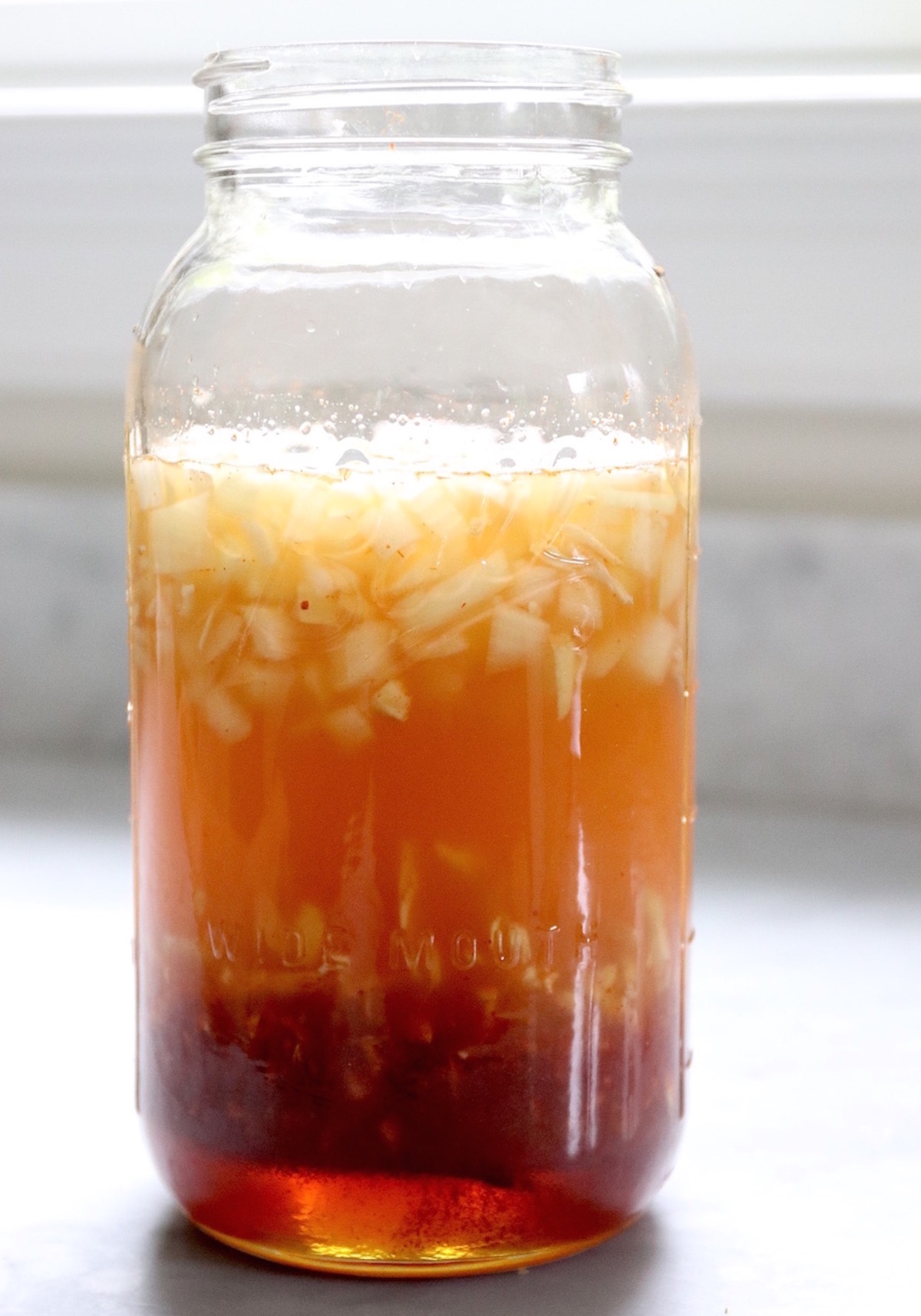
Fire Cider
Traditional fire cider recipes call for many roots and is a fun way to be involved with your herbal preparations. It takes a bit of chopping, cutting, and engagement; however, your senses will be alive, and you’ll truly feel like you’ve made a powerful tonic. This is a great way to use herbal roots to help tone your immune system as well as ward off a cold.
Common roots used in fire cider:
- Ginger (Zingiber officinale)
- Turmeric (Curcuma longa)
- Horseradish (Armoracia rusticana, syn. Cochlearia armoracia)
- Beets (for taste and liver support)
Rosemary Gladstar's Traditional Fire Cider
½ cup grated fresh horseradish root
½ cup or more fresh chopped onions
¼ cup or more fresh chopped garlic
¼ cup or more fresh grated ginger
Raw apple cider vinegar
Raw honey
- Place herbs in a half-gallon canning jar and cover with enough raw, unpasteurized apple cider vinegar to cover the herbs by at least 3-4 inches. Cover tightly with a tight-fitting lid.
- Place the jar in a warm place and let sit for 3-4 weeks. It’s best to shake this mixture every day to help in the maceration process.
- After 3-4 weeks, strain out the herbs and reserve the liquid.
- Add honey to taste. Feel free to warm the honey first so it mixes in well. To taste means your fire cider should taste hot, spicy, and sweet.
- Rebottle and enjoy! Fire cider will keep for up to 6 months refrigerated.
Finally
Using roots for well-being can support us during times when we go inwards, cold and flu season is at the door, and we feel the weather changing. Herbal roots offer immune support, nervous system care, liver focus, nutritive qualities, and so much more. Here’s to staying warm and grounded this season!
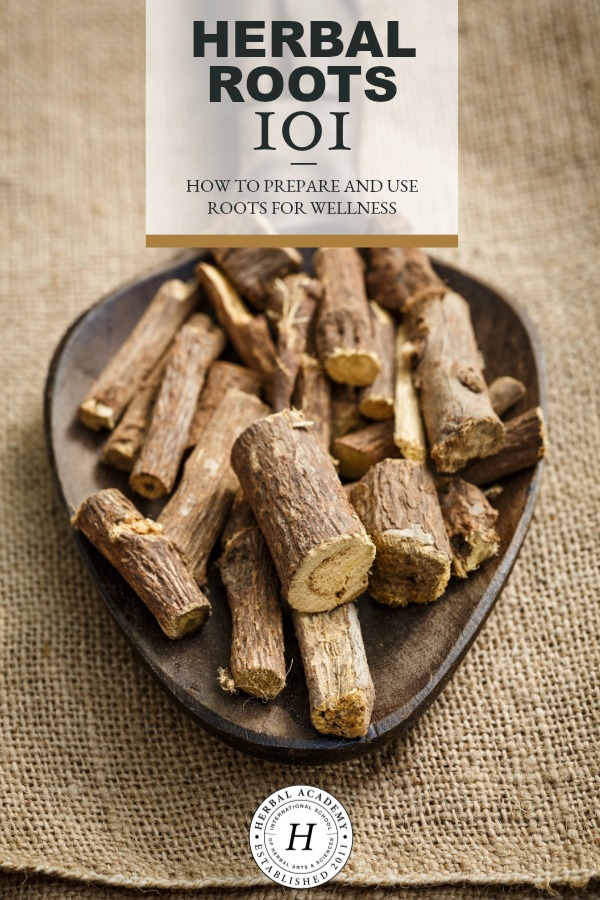
REFERENCES
Easley, T., & Horne, S. (2016). The modern herbal dispensatory: A medicine-making guide. Berkeley, CA: North Atlantic Books.
Gladstar, R. (2014). Rosemary’s story. [Online Article]. Retrieved from http://freefirecider.com/rosemarys-story/
Tilgner, S. (2009). Herbal medicine: From the heart of the earth. Pleasant Hill, OR: Wise Acres LLC.







